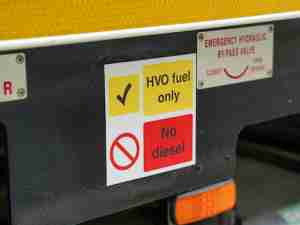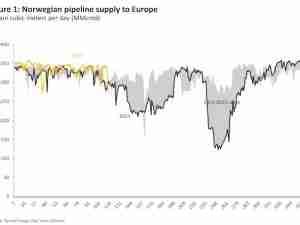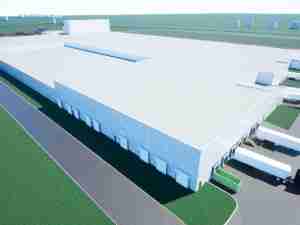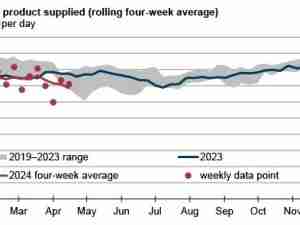As crude oil swells, volatility-hungry traders turn to refined products
By: Reuters | Nov 24 2015 at 02:30 AM
LONDON - In a world overflowing with oil, traders are looking to once-secondary markets such as gasoline and diesel for profits, as limited supplies and rapidly changing demand offer the volatility they thrive on.
In recent months, surprise shutdowns at relatively small refineries or extreme weather conditions have led to spikes in prices of gasoline and other products - allowing traders to cash in by filling the shortage or making a bet on paper price movements.
The rise of huge refining hubs in Asia, the Middle East and on the U.S. Gulf Coast has also led to the birth of long supply routes for products that rarely existed before.
This stands in contrast to crude oil, where a rising glut in supplies has suppressed much of the physical gyrations that traders make their money on.
The oil overhang, however, has sparked red-hot growth in demand from consumers lured by low prices. This has exacerbated regional imbalances between oil refineries that produce diesel, gasoline and jet fuel and the demand centres where they are consumed.
Limited supply of gasoline relative to global demand is now expected to lead more frequently to price spikes and new arbitrages, said Michael Dei-Michei, analyst at Vienna-based JBC Energy.
“There is no room for error,” according to Dei-Michei. “Gasoline is so far removed from crude ... This type of gasoline demand growth - it’s as fast as we’ve seen in years. It’s very, very unusually strong.”
In a sign of a shift in focus, big oil trading houses have expanded their oil products infrastructure in recent years.
Vitol, the world’s top oil trader, has acquired Royal Dutch Shell’s petrol station business in Australia and also invested in retail in Nigeria. Trafigura has invested extensively in increasing its refining and products storage footprint in Britain and Africa in recent years.
FLUX OF BUYING IN CHINA
A sharp and unexpected rise this year in demand for high-quality gasoline around the world, notably in China and the United States, has led to moments of acute supply shortages that offered savvy traders possibilities to trade products between regions, in what is known as arbitrage.
Earlier this year, a breakdown at a refinery in the middle of the United States caused global gasoline price spikes. More recently, outages at Exxon Mobile Corp’s 149,000 bpd Torrance refinery in California attracted rarely seen cargoes of high-end gasoline from Europe.
A sudden flux of buying in China forestalled the seasonal price crash nearly all market watchers were expecting in Europe.
This contrasts with low volatility in trading crude oil where a huge oversupply means the impact on prices of major geopolitical events such as strife in Iraq and Libya has diminished.
“There is no shortage of geopolitical risk among producers but at the moment that is providing a floor to prices because otherwise the market is very well supplied,” said David Fyfe, head of market research and analysis at Swiss-based trader Gunvor.
“You morph from premium in times of tightness in the market to a concept of risk floor and that is clearly where we are at the moment.”
Still, Fyfe warned that oil products’ moment in the sun could fade as North American shale companies and other oil producers scale back output, returning a more substantial risk premium to crude.
“The balance will shift at some point in the future: we will come full circle and in 2017 or 2018, when the market tightens up again, the risk premium will probably come back with a vengeance. But at the moment it is a floor, not a premium.”










